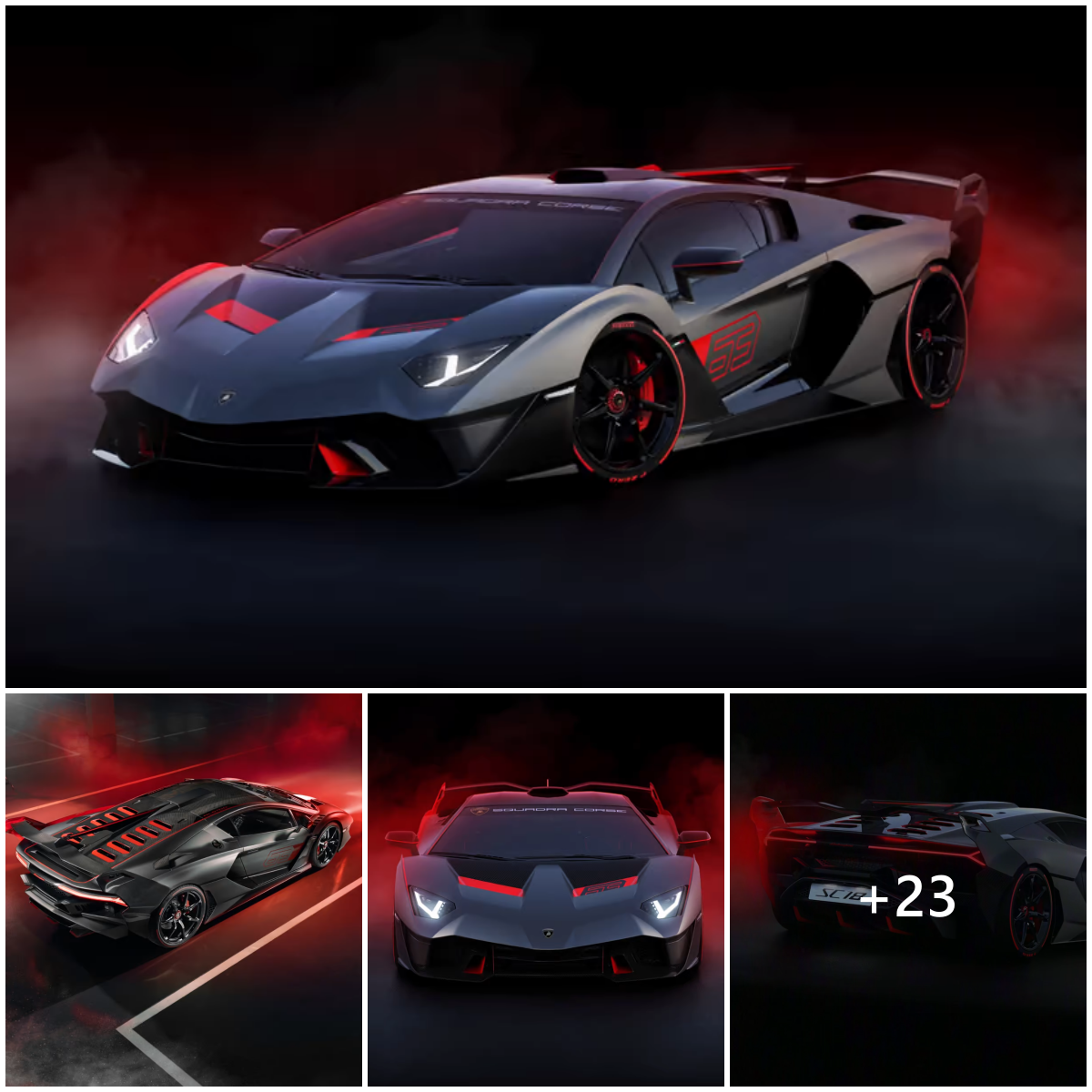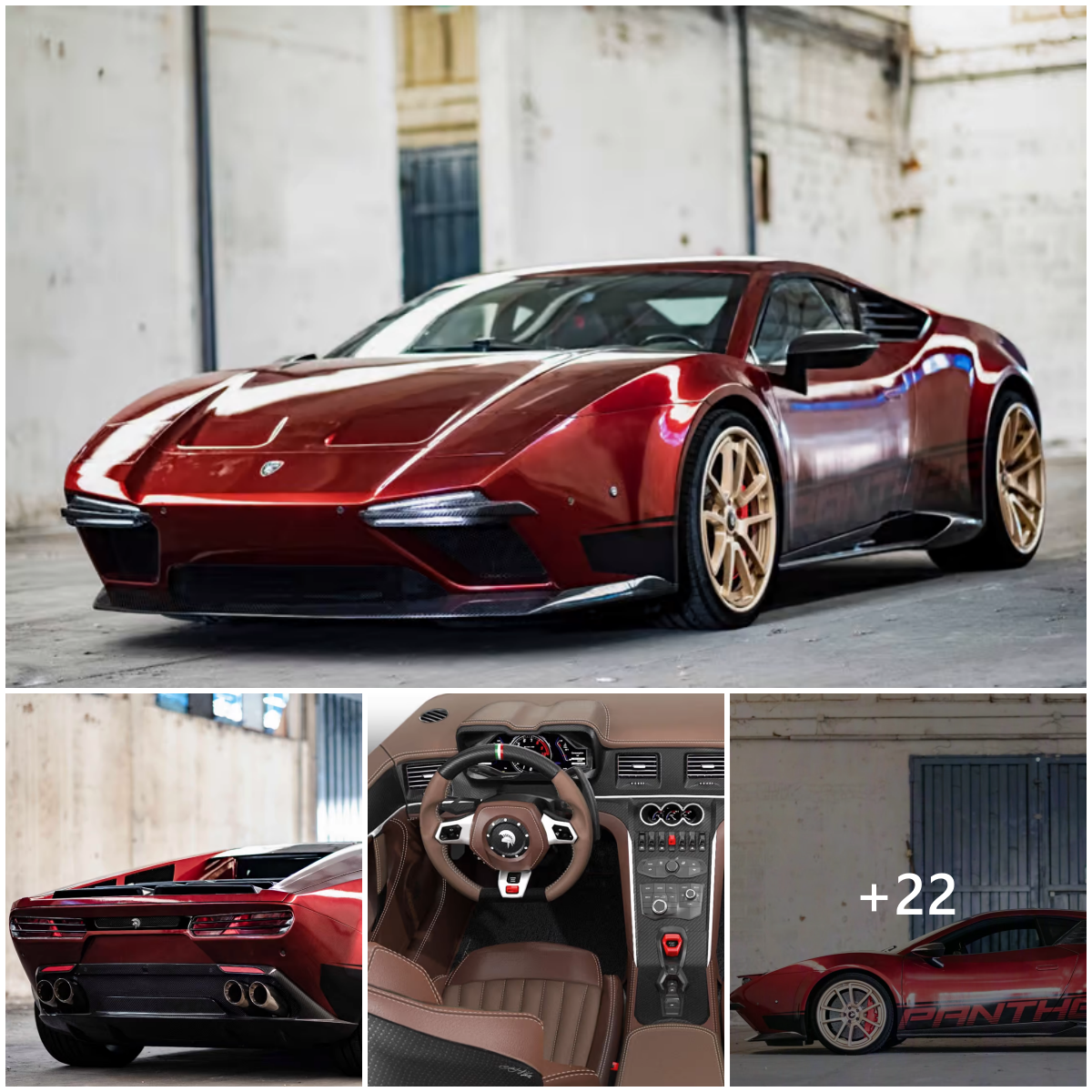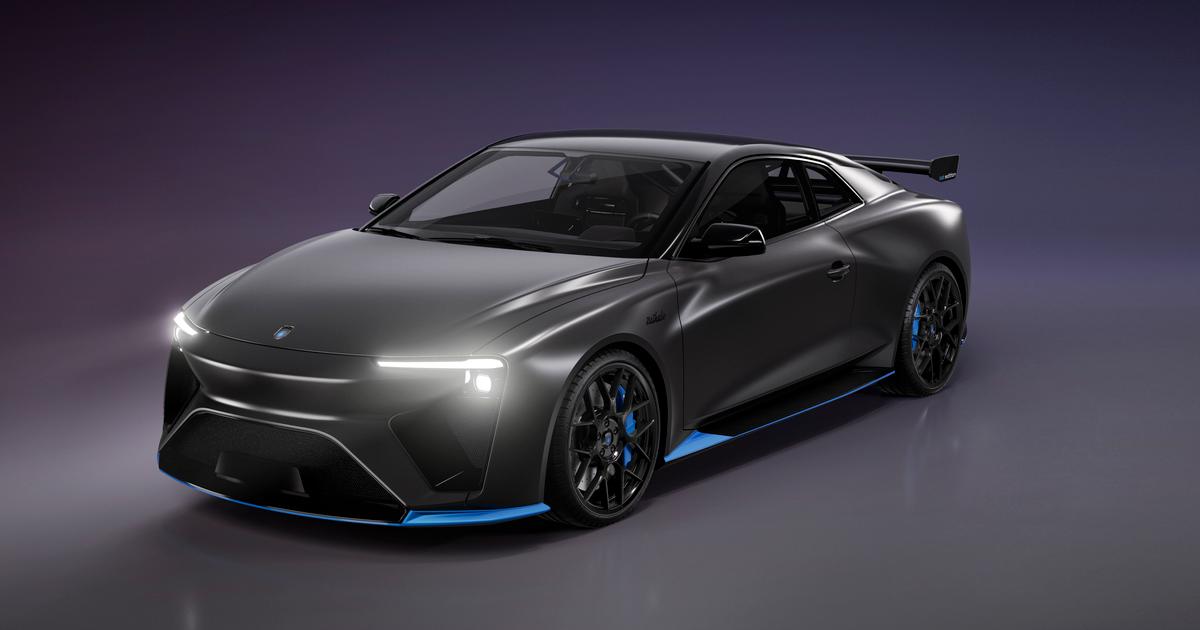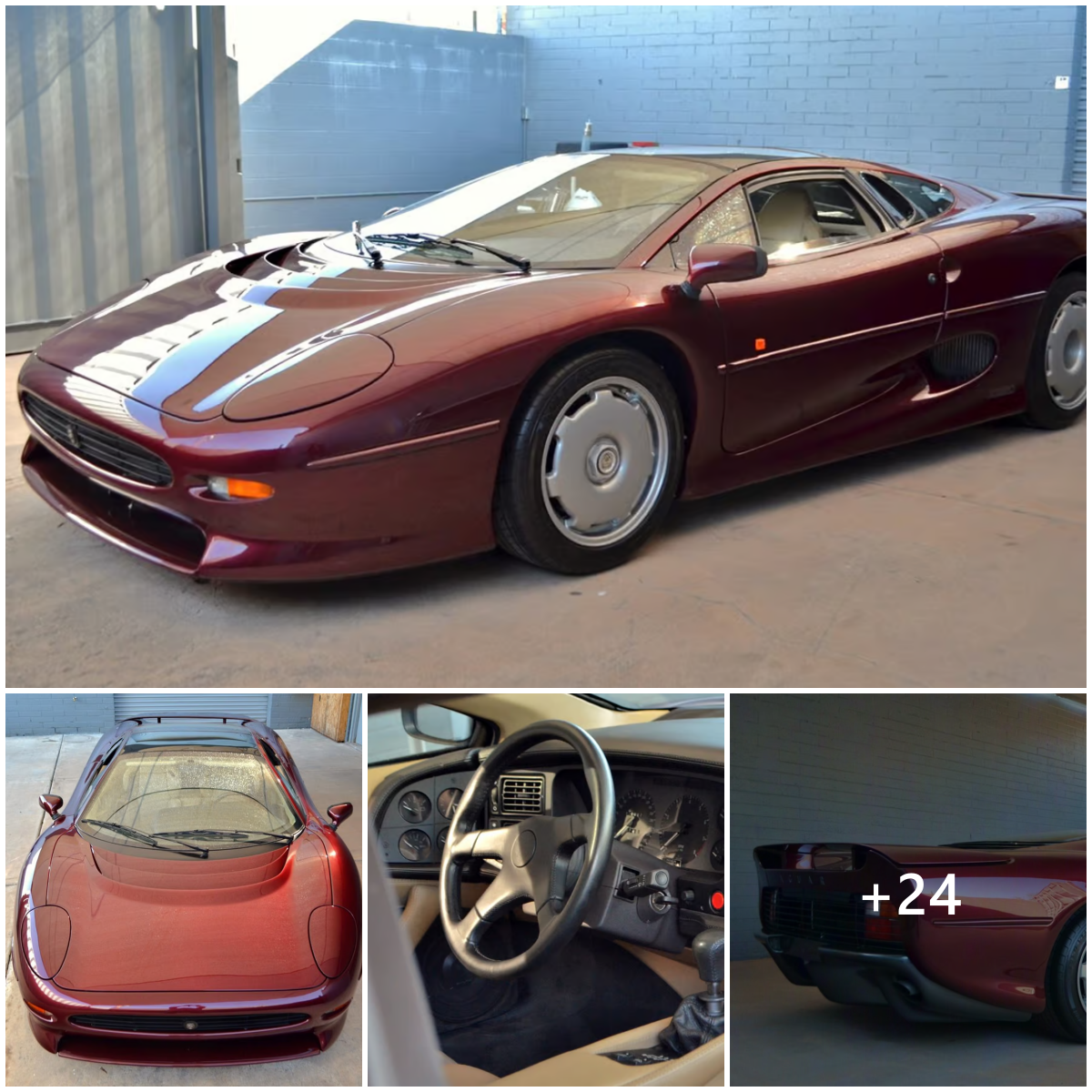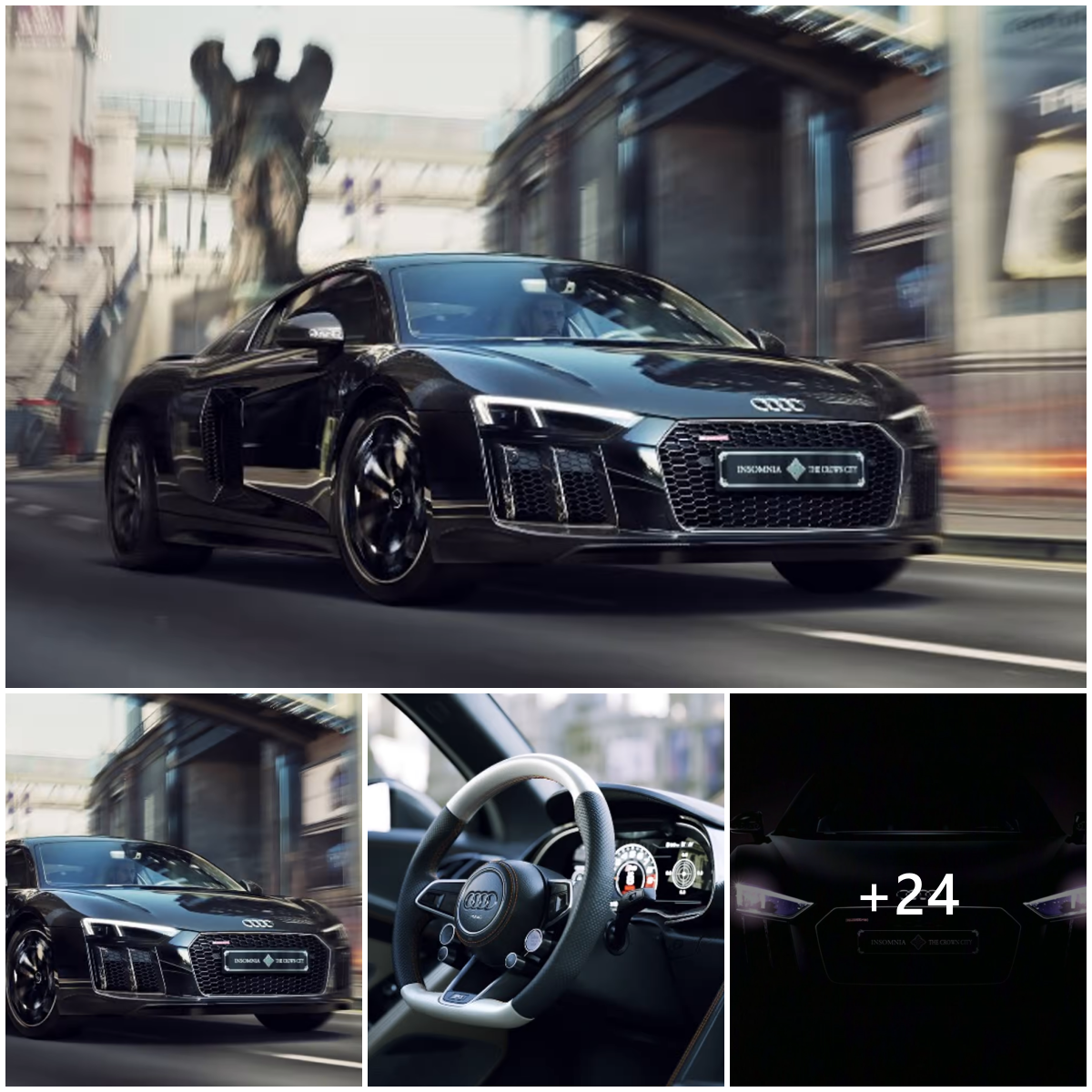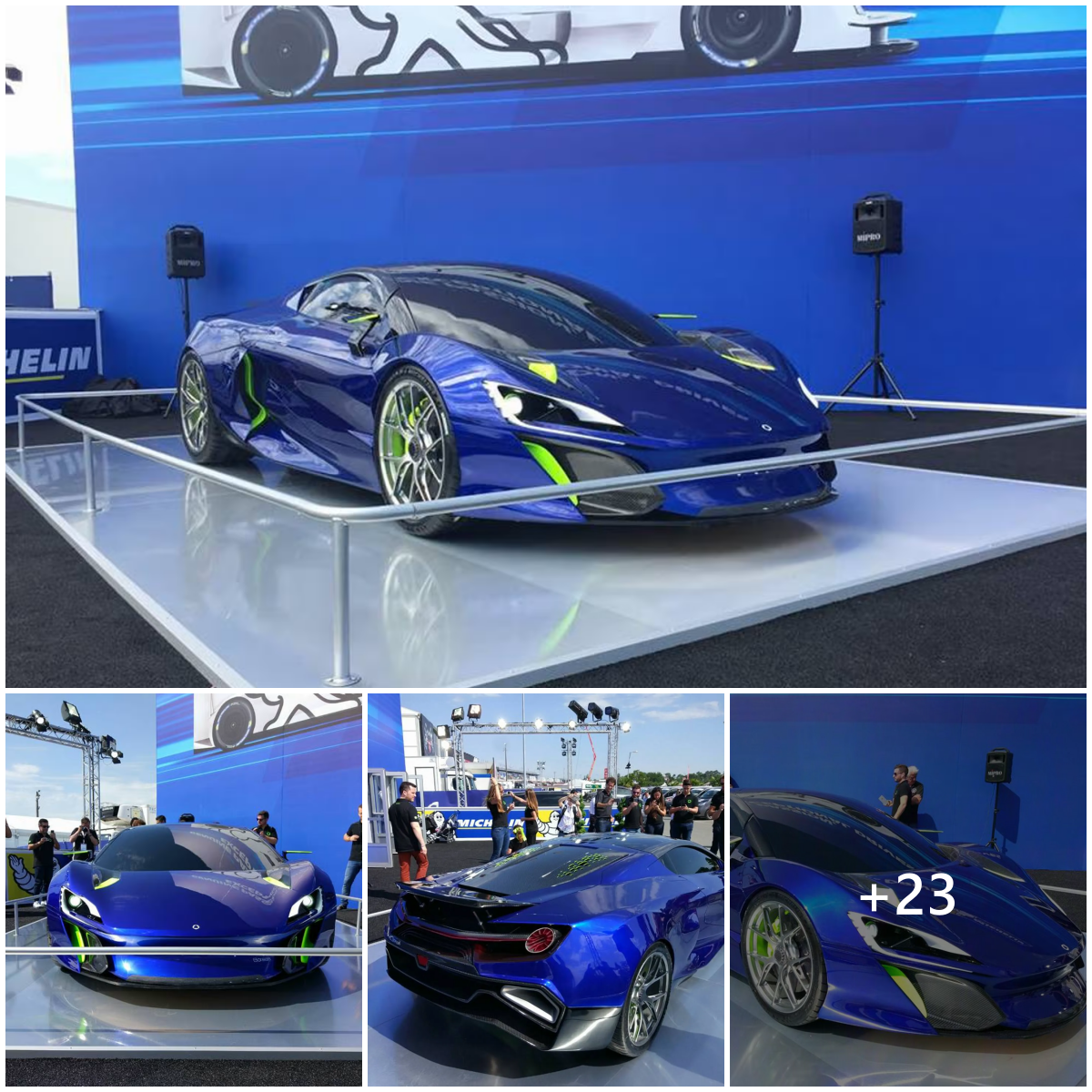Having seen the sumptuous collection of angles and curves that is the Lamborghini Huracán in person during its North American debut a few months back, I can attest to its visual impact, so I was just slightly pleased to learn I’d be driving the 610 hp specimen out of Lamborghini’s headquarters in Sant’Agata this month.
Unveiled at the Geneva Auto Show earlier this year, the Huracán is faced with the formidable task of impressing owners of the outgoing Gallardo while fighting off the likes of Ferrari’s 458 and McLaren’s just announced 650S. To say a lot is riding on this supercar is a mild understatement.
Adding to global expectations, Lamborghini also makes the claim that the Huracán is its best street car to date. That’s a big statement. So how did it fair under my humble tutelage?
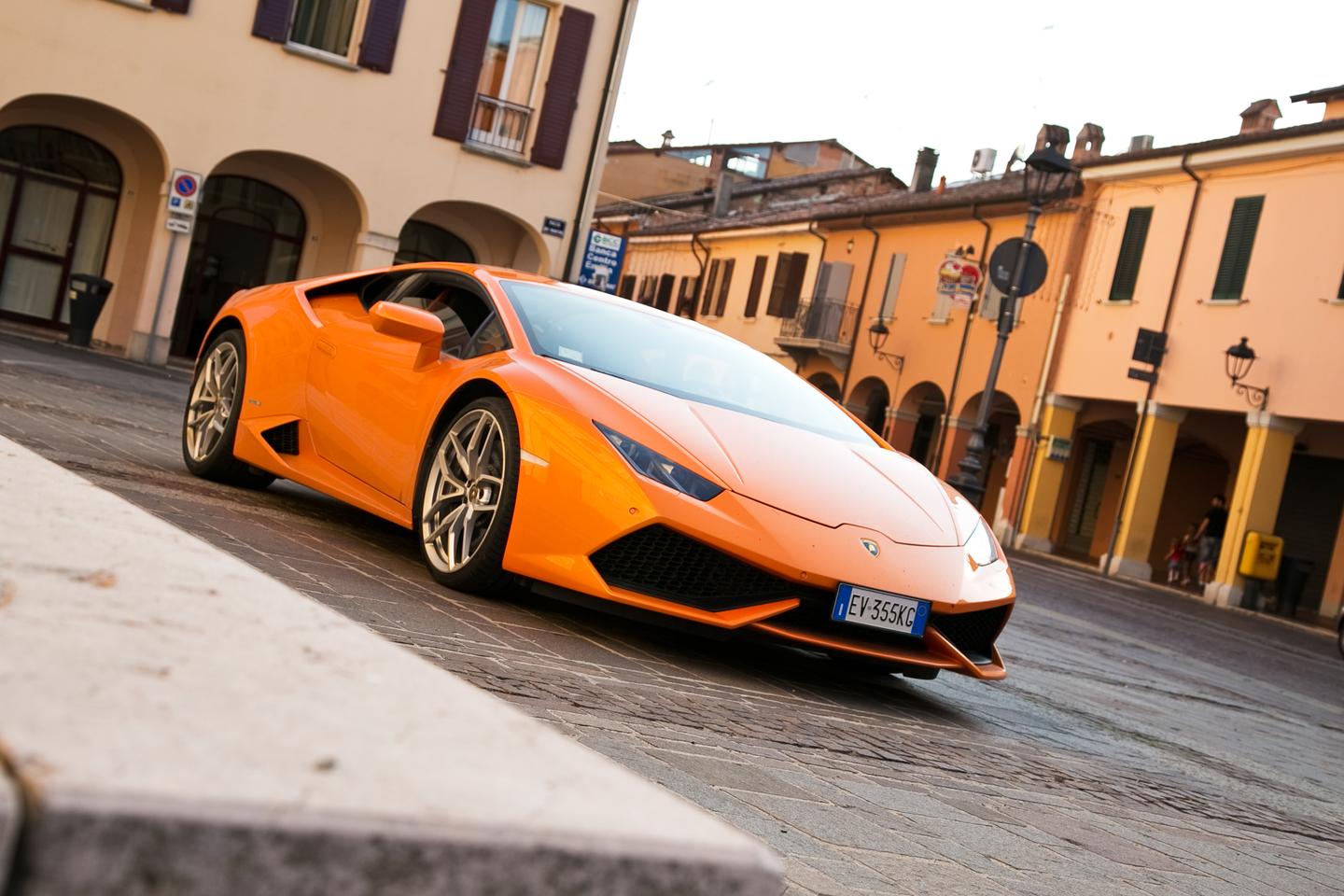
The test car I experimented with around the Bolognese countryside is a brilliant bit of Italian artistry finished out in its pearl orange “Arancio Borealis” paint scheme. Stylistically, the Huracan in person is molto bello, stupendo, fantastico, dinamico, or just about any other Italian superlative that Google translate can come up with … they all apply. This curvaceous thing, with its long fluid roofline, beautifully balanced proportions, ubiquitous hexagonal forms and aggressive demeanor, not only works to validate the design vision of Lamborghini’s Head of Design, Filippo Perini, but also his team’s creative abilities.
Having visiting some of Italy’s most revered cultural and artistically important spaces prior to the test drive to calibrate my appreciation of beautiful forms, I can still say that to my eyes this is an absolutely gorgeous automobile. To be honest, the Huracán and its fresh dynamic styling almost make the outgoing Gallardo look rudimentary and boxy in comparison (I want to say Lego-esque, but I feel I may upset the Gallardo fanboys).
First off, in comparison to its big brother – the more expensive (US$440,000), more powerful (700 hp) Aventador – the Huracán feels quicker and more agile. Weighing in at 1,422 kg (3,135 lb) the Huracán is almost 153 kg (340 lb) lighter than the Aventador, which on paper doesn’t seem like much, but in reality translates into a more intuitive exotic that wants to run with you and not over you if provoked. And for nearly US$200,000 less it’s by far the better “value” of the two.
In our two hours of driving about the Italian countryside on mostly single lane roads, the Huracán showed itself to be not only a worthy successor to the Gallardo, but a solid contender to run against its aforementioned competitors from Ferrari and McLaren. While the limits of the car are clearly beyond the possibilities offered by driving on public roads (and we’re not about doing quarter mile runs here anyway), I pushed the car hard enough during those two hours around Modena and Sant’Agata to feel I had properly experienced its core competencies to a reasonable degree.
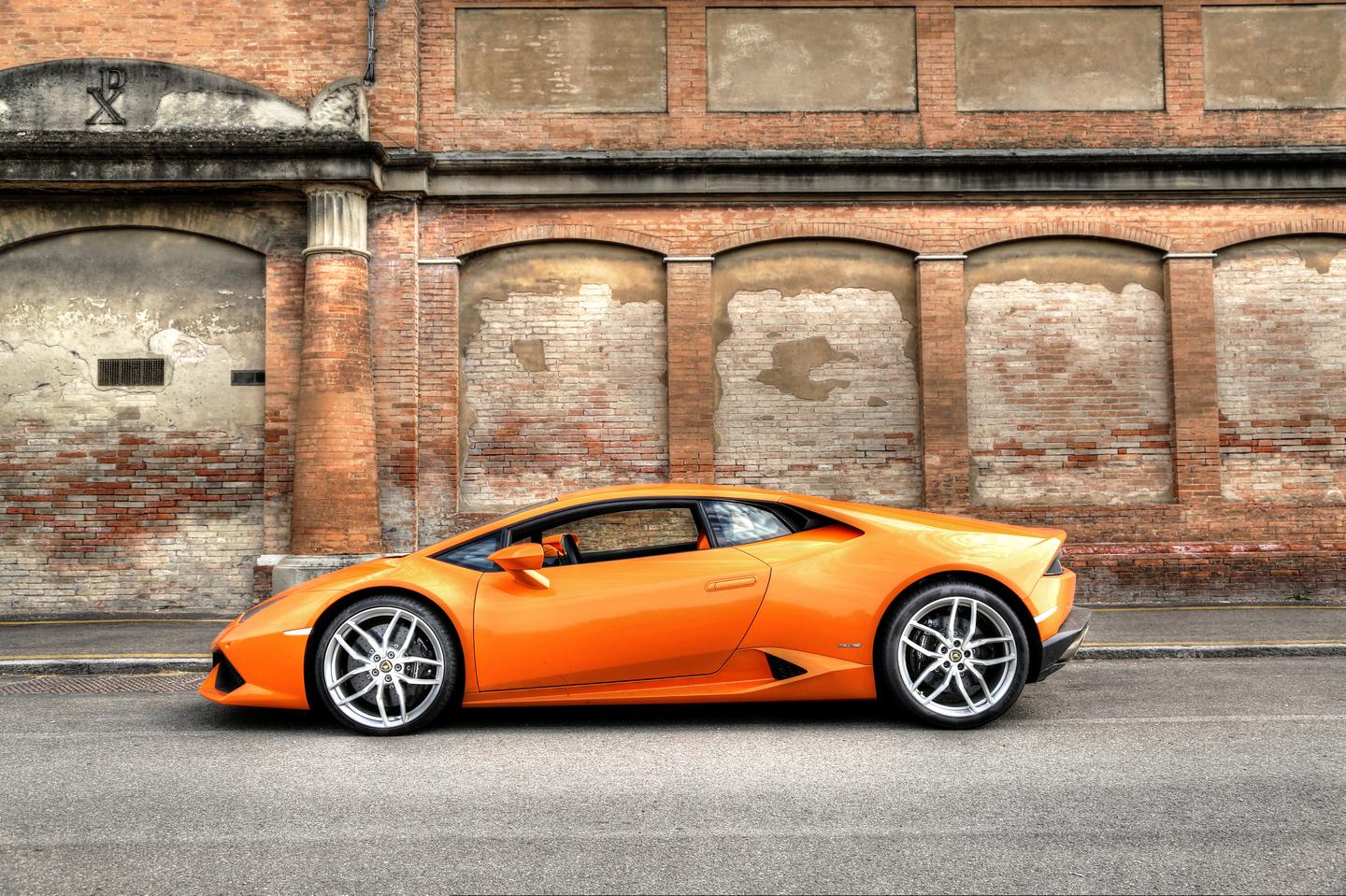
The naturally aspirated, Audi-inspired 5.2 liter V10 engine throws out a healthy 610 hp to the car’s AWD system and the throttle response is, to quote Daniel Day Lewis noted in Lincoln, “Now! Now! Now!” Thanks to a power curve that brings horsepower and torque online way down low in the rev cycle, the Huracán pulls like a bull hit with a wet dish cloth. Revs build so fast and the car pulls so hard that by the time the next shift comes up for consideration you’re already mindful of the speed limit. Go power was linear across the spectrum and available on call when needed, regardless of the situation.
So back to the gearbox and engine thing. I don’t know what the nano-time between shifts was, nor do I care, all I know is that unlike the Gallardo’s gearbox of slush and rubber, the shifts in the Huracán were lightning crisp through all seven gears. The gearing provides close range shifts down low while at higher speeds the longer gears enabled the supercar car to stretch its legs without much effort. Blasting about a short windy stretch outside Modena, I found myself going through the gears in the two to four range like Jack White ripping through chords.
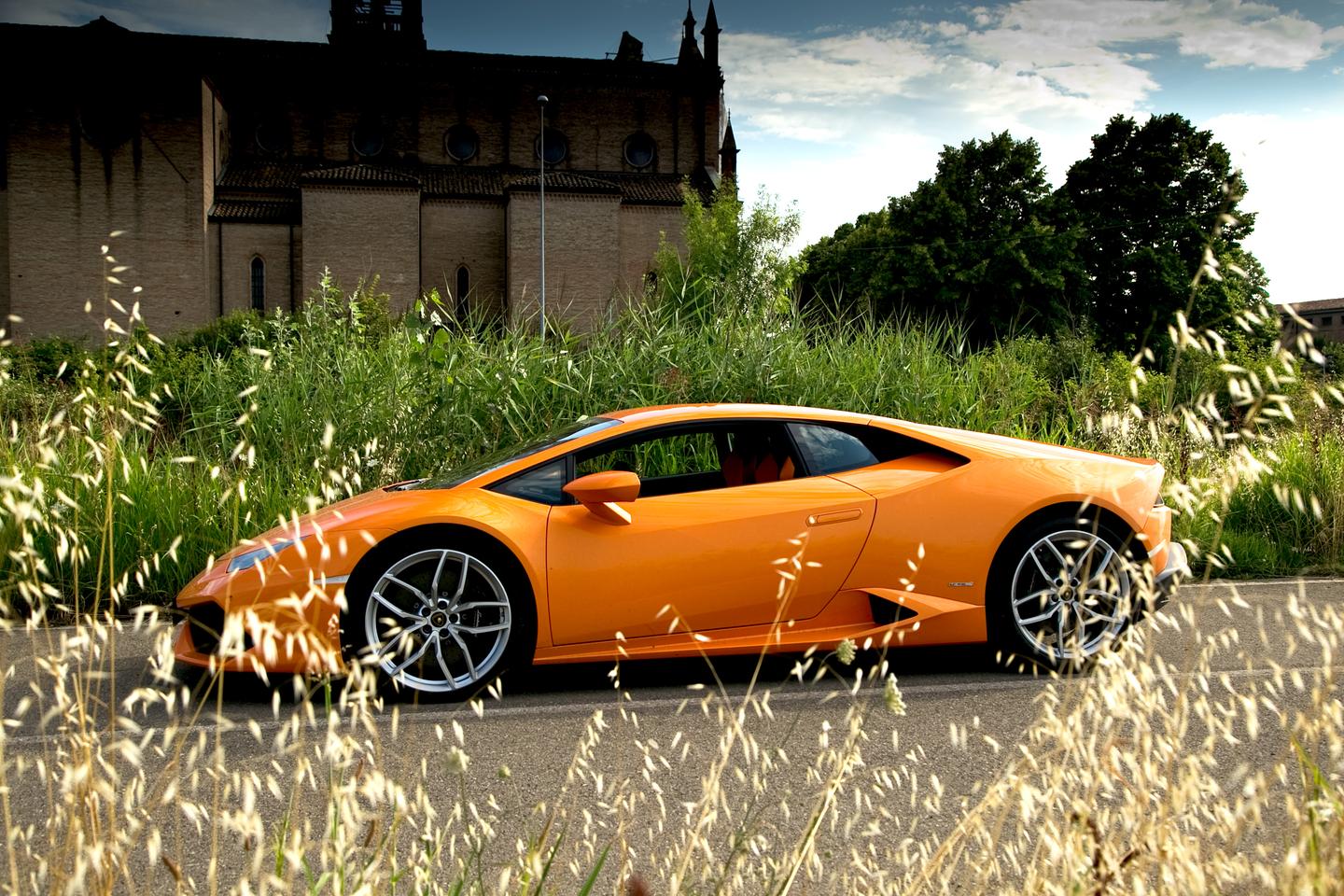
Given the car’s top speed of 325 km/h (201 mph) and a 0-100 km/h (62 mph) time of only 3.2 seconds, it’s fair to assume one could easily find oneself harvesting Bologna wheat in a quarter-million dollar supercar without too much difficulty. Fortunately, the Huracán is such a sticky, impressive piece of Italian/German engineering that I never had to find out how the car responded in farmer mode.
Turn in and steering response was also nicely dialed in, regardless of the ANIMA mode (Adaptive Network Intelligent Management) setting. In cruising about the old-world town of Sant’Agata looking for photo locations, not only did the supercar draw stares, it felt completely at ease making its way about the narrow roadways. Although the car pushed or understeered a bit going into tighter turns, the AWD system helped pull the car out of corners nicely and straight-line feedback was firm and responsive, so when it came to navigating traffic circles, Fiats and scooters, the Huracán reacted brilliantly.
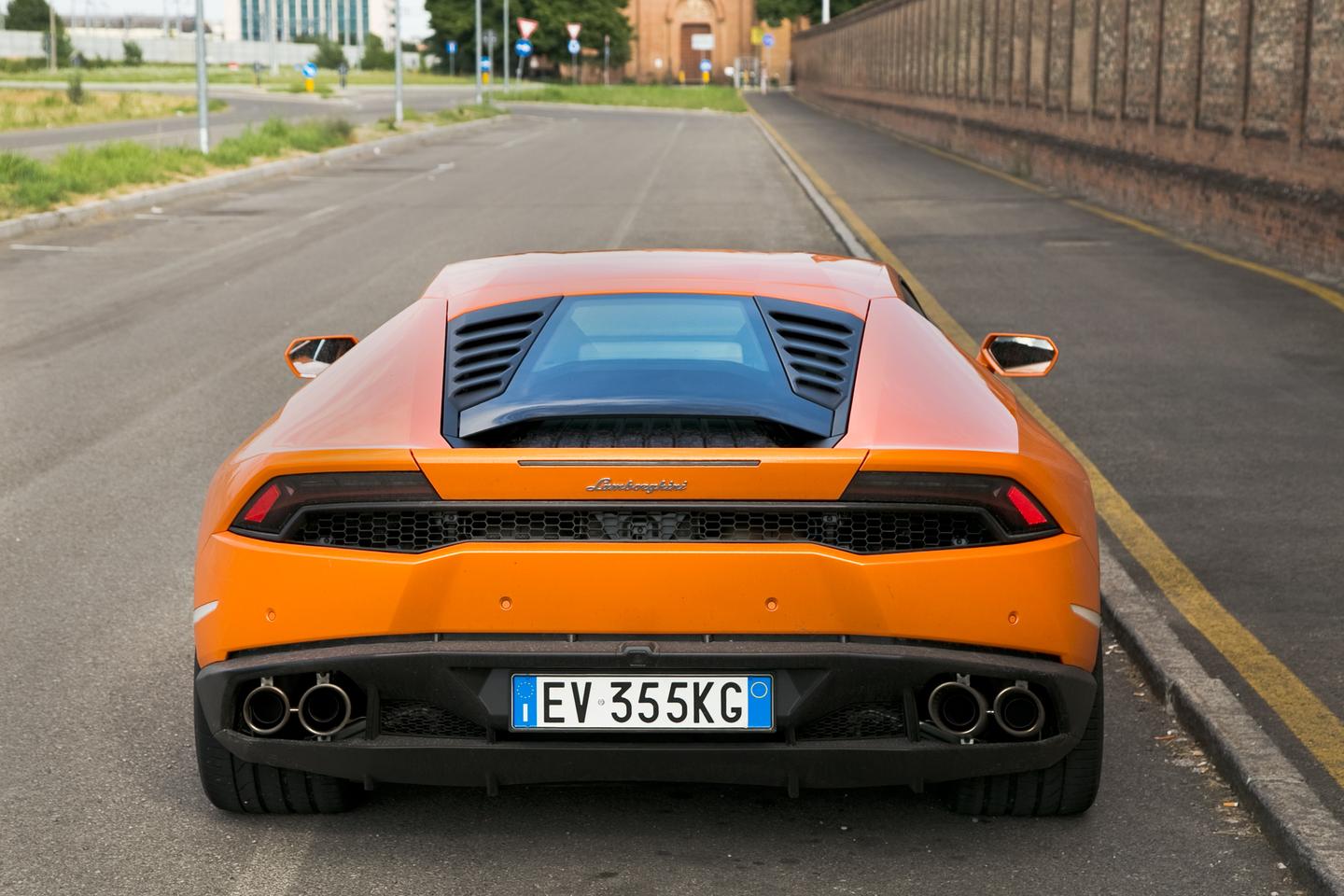
What else can I tell you about driving the new baby bull? Well, it’s fast, so there’s that. It grabs roundabouts and tight left-handers about the throat like a cheetah on a gazelle, and doesn’t let go. I tried to break the car’s back end out on a remote traffic circle outside Modena. As a result I was made painfully aware of how grippy the Huracán is, and how my ability to withstand lateral g-forces is somewhat lacking. I consider myself to be a reasonably adept driver, but if I pushed it any harder on that traffic circle I knew I’d be laying face down in the Modena mud like some rookie Canadian bull rider. After that, we had a mutual understanding of the man v machine hierarchy. I still consider us friends, just one of us is the 600 hp alpha and the other gets the mail and does the dishes.
In Corsa mode, the most extreme of the three driving modes, the suspension tightens up significantly, the exhaust becomes more noticeable, gearbox and engine response are enhanced and the all wheel drive system reconfigures the power split between fore and aft wheels. Ask me to differentiate how the power split change in Corsa mode varies the driving dynamics from the other two and I’d tell you how good the car looks in orange, but I can say that in this mode the car’s occupants get to feel every roadway irregularity and highway seam.
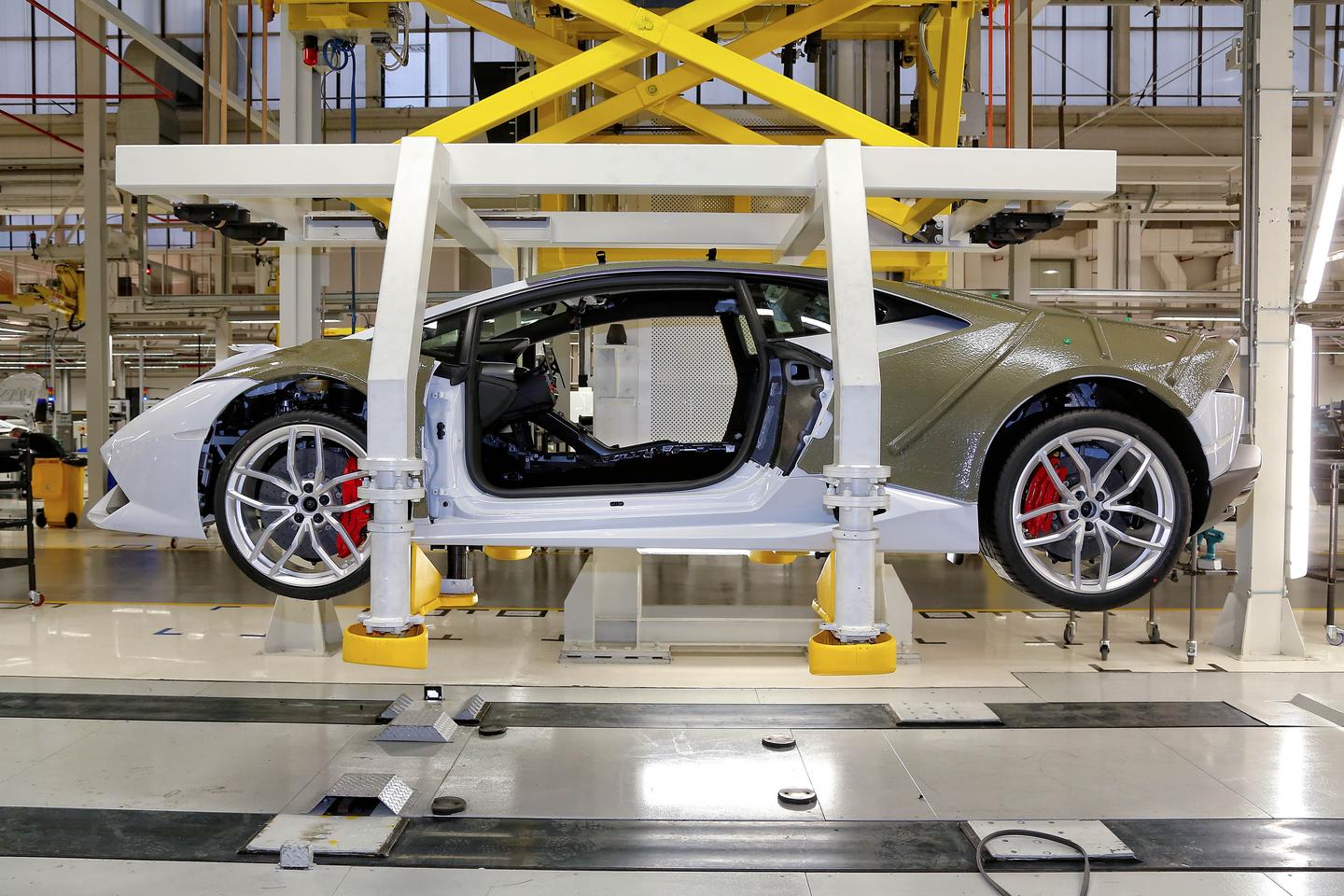
Getting from fast to stop is handled with ease by the face-pulling force of the big ceramic brakes that were smooth and well mannered. Brake modulation and feel was also excellent across the spectrum with more than enough stopping power to handle most daily occurrences.
From the outside, one would expect space inside the baby Lambo to be constrictive and claustrophobic, but surprisingly, that’s not the case. Head room and leg room easily accommodated my svelte six foot frame and wee tiny head with ease. Getting in and out of the car was much easier than the Aventador thanks to doors that swing outward and not upward. Orange and black seats, beautifully covered in Italian leathers, were firm but supportive and laterally confining when needed.
The steering wheel received big points for being of a grabby diameter with the all important paddle shifters within easy reach. Visibility out the 4 and 8 o’clock positions meant mirror usage was a must, and reversing the Huracán was something I’d prefer not to do on an ongoing basis.
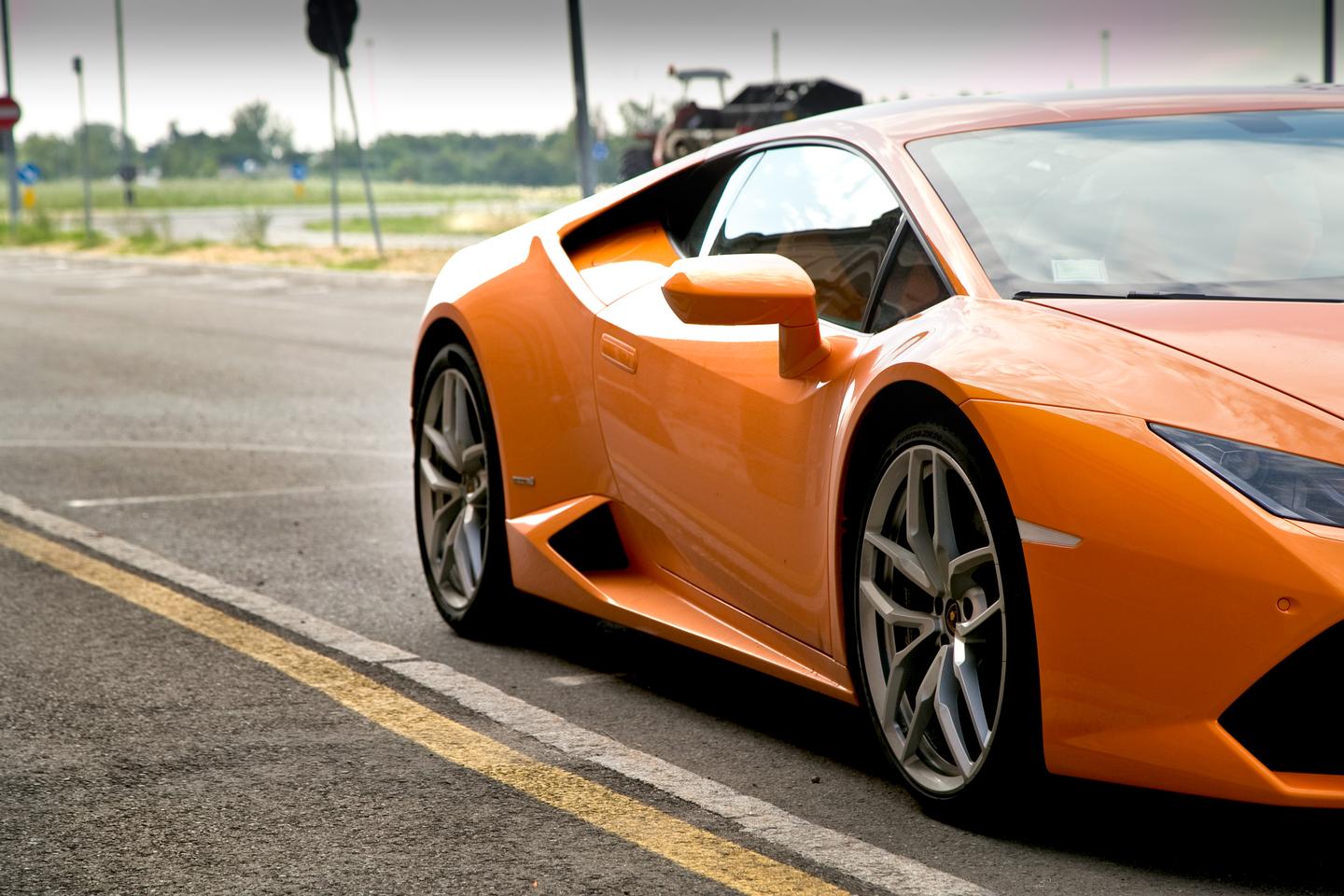
The big LED dash configuration features Lamborghini’s sexy italicized, sans-serif typographical treatment that seemed very similar to a video game font I’ve seen before. The 12.3 inch TFT instrument panel can be configured in a number of different modes including a split mode where one side displays critical rev, speed and gear information and the other shows the mapping location and route details. The satnav screen can also be set to full screen to provide bigger map visuals, or you can shut the wayfinding stuff down completely and focus on key driving information.
On the down side, the excessive amount of switches and toggles are visually interesting but prove difficult to interpret at a glance. The switch set to the left of the steering column is particularly challenging, but perhaps the worst ergonomic offender is the steering spoke mounted signal switch. Placement is so counter intuitive to the tried and true signal stalk design that I was tempted to throw an arm out the window at times. Let’s just say there is a reason some automotive elements haven’t changed in a millennia.
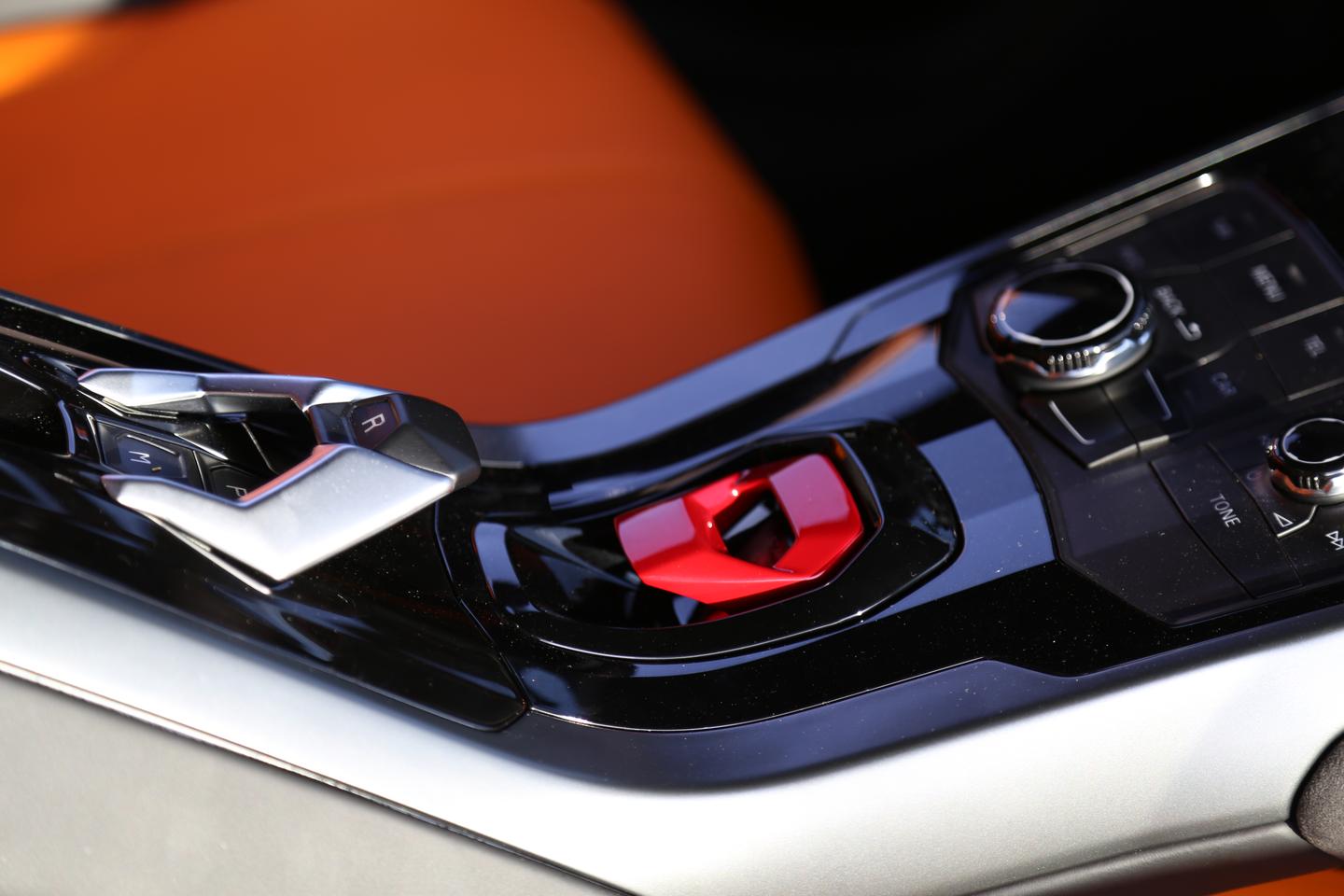
To be honest, this new Huracán thing exists on a higher plain than that afforded by my current abilities. To reach that strata of automotive enlightenment I’d need to call in a favor from both the Dali Llama and Lewis Hamilton. It’s obvious that one would need to experience the Huracán on track to fully appreciate its sticky, lightning-quick potential and it’s sure to attract many buyers in that set, as well as those who are purely in it for its stunning looks or for brand bragging rights. Whatever the motivation, anyone lucky enough to get behind the wheel of the Huracán will discover that it’s a freaking huge blast to drive!
Lamborghini’s Huracán is available now for around the US$250,000 mark. See the gallery for more images from our Huracán drive, along with a look inside Lamborghini’s museum and production facilities.
Our thanks for the outstanding efforts of Lamborghini’s finest (grazie mille Clara and Rodrigo) in helping us organize this road test.
Source: Lamborghini
